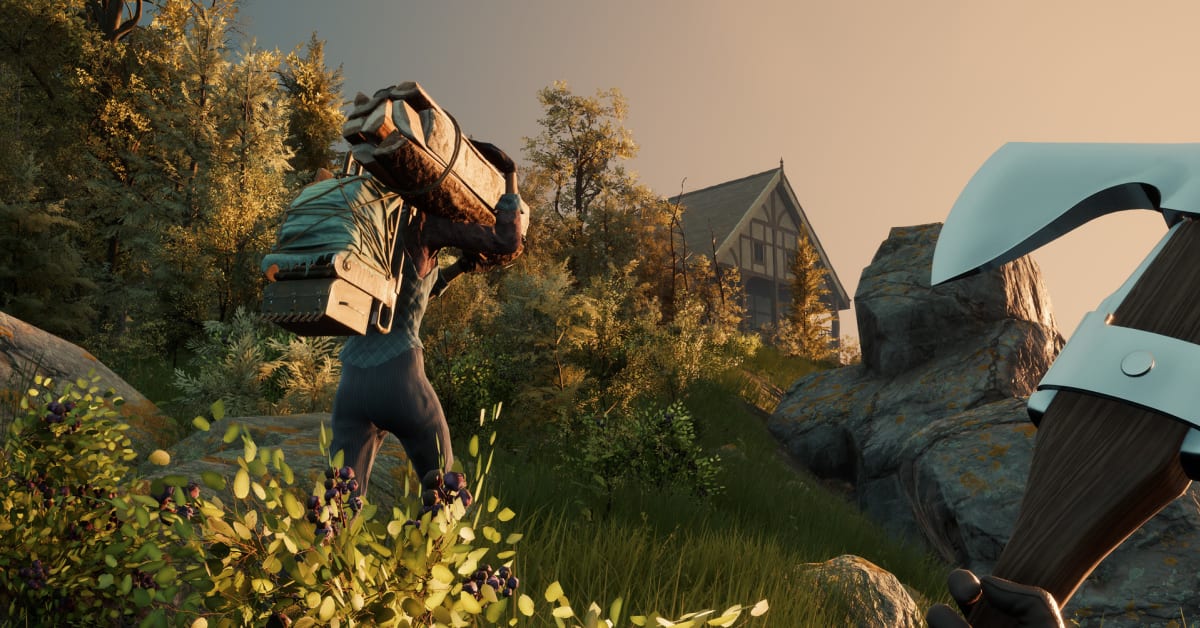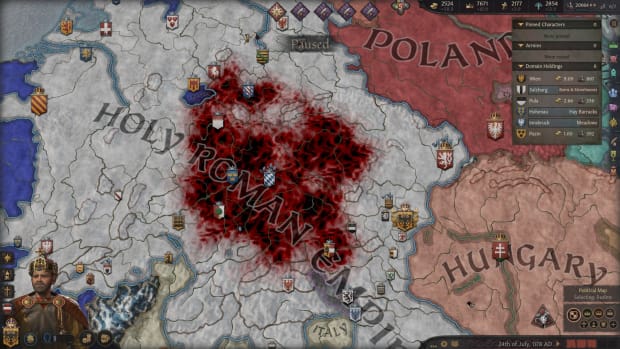
Nightingale’s complex crafting system is a step forward for survival games
Survival games. I’m kind of sick of them, to be honest. If I wanted to work more, I’d get another job and make extra money. I don’t have time to open up a quarry and smelt loads of ore. Trees are for drinking a beer under, not for punching down or chopping with an axe. Still, this is video games, and I have to play them for a living, so I try. I try and try and try. Sometimes, one clicks. Subnautica, I love you. Pacific Drive, you’re amazing. All the others? I can leave them, honestly. Not a Palworld guy, and The Forest sounds like it has too many trees.
Nightingale might inhabit a genre known for busywork, chores, and mindless grinding — monotonous tasks that allow you to turn off your brain — but it doesn’t think you’re stupid. It gently onboards you and then lets you figure out the nuances on your own, as you experiment with its wide range of materials and deep crafting system.
Every single resource in Nightingale has multiple variants, you see — different types of trees, rocks, and animal hide, for example — and each of these comes with their own statistics. If you take the time to really look at each component, you’re able to craft pieces of gear that play to your strengths. If you don’t pay attention, you’ll end up making something terribly flimsy, like those cheap school blazers that ripped at the back seams whenever you crossed your arms as a kid (one for the Brits there).
This extra layer of complexity turns something that’s usually mindless (and, let’s face it, automated in a lot of survival games) and gives it the same alchemical appeal you get when experimenting in the kitchen. You get your ingredients, think about how they’ll interact, and then you throw them in a pot and set them to boil. Season to taste.
To make crafting even deeper, there’s also a range of augmentations for each crafting station, from bellows to tiny cartography maps. To maximize your crafting efforts, you really have to think about how you lay out each room. We went with a tailor, a weaponsmith, a gunsmith, and an arcanum inside a mason’s. By the time we were done placing all the little enhancements, every building looked functional and lived in, and all our stations were future-proofed for when we unlocked the next layer of upgrades.
This is how it works for all kinds of weapons and gear, as well as clothing, allowing you to play to the strengths of each bit of equipment you own. It also means you can outfit yourself in such a way that you’re ready for anything. When you master Nightingale’s magical world, you feel like you earned it. You can see the building blocks of everything like Neo seeing the code in The Matrix.
You can tell a lot of thought went into these systems and how they work together. It’s a learning curve, but there hasn’t been a fresher take on crafting since the survival genre spawned. Combine this with a unique world of magic and monsters, and there’s something about Nightingale that reminds me of my time in Subnautica, where the genre faded into the background, and I found myself lost in an alien space.






